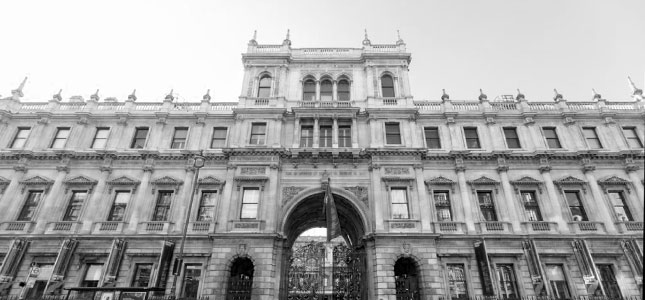
It opened on the weekend of the 17th September 2011 and ran through until the 11th December 2011, providing a great opportunity to see the movement and beauty that Degas was able to capture so perfectly through his art. In addition to his work, the exhibition also sets out to parallel the developments in photography and early examples of film, which Degas himself developed a passion for, photographing his friends, fellow artists and subjects, using the latter as reference points as he worked.
Works that will be on display in the exhibition include, Two Dancers on the Stage c.1874, La Danse Grecque 1885-1890, Three Dancers (Blue Skirts, Red Bodices) c.1903, The Little Dancer, Aged Fourteen 1880-1881 and Ballet Scene from Meyerbeer’s Opera ‘Robert le Diable’ by Degas, and Woman dancing (Fancy), plate 187 of Animal Locomotion, 1884-86 by Edweard Muybridge.
Though Degas was reputed to be a bit of a git, with stories of opposition to social reform and religious discrimination, the French artist could definitely paint an impressively expressive ballet scene. While it would be nice to be able to go back and let him know that he was being a bit of a div the rest of the time, that ship has sailed, so all that’s left to do is enjoy what he was good at.
Edgar Degas became famous for his paintings, sculptures, prints and drawings during the late 19th and early 20th Century, going on to be recognised as being a big part of the development of Impressionism, which held movement and the accurate depiction of light as important elements of their art. However, in reality, he disliked the term and preferred to refer to himself as a realist, which rings true with the work that he produced.
For us, it is his ability to capture a little of the human emotion and thought processes of his sitters and subjects that makes his art stand out so much. A dancers head cast petulantly back in the foreground of La Classe de Danse, 1873–1876, and the fastidious scrutiny of a top hatted boss in A Cotton Office in New Orleans, 1873, show his attention to detail and ability to shine light on reality.



I think Degas would have loved the modern carmea and its ability to capture action in a split second.He did experiment with photography but it was still in its infancy and so the dancer had to hold the pose for a long time whilst the shot was taken. The photo would lose the whole notion of movement that he was so keen to portray. So he returned to painting.I think that photography is amazing at capturing an instant but for me that can lose the movement whereas with the energy of sweeping brushstrokes it is easier to feel the portrayed flow of movement.